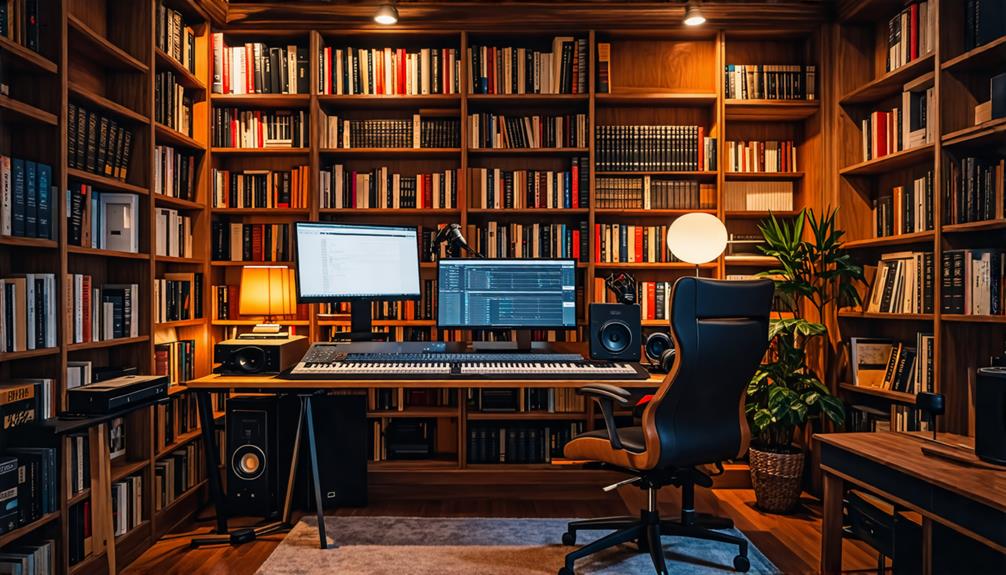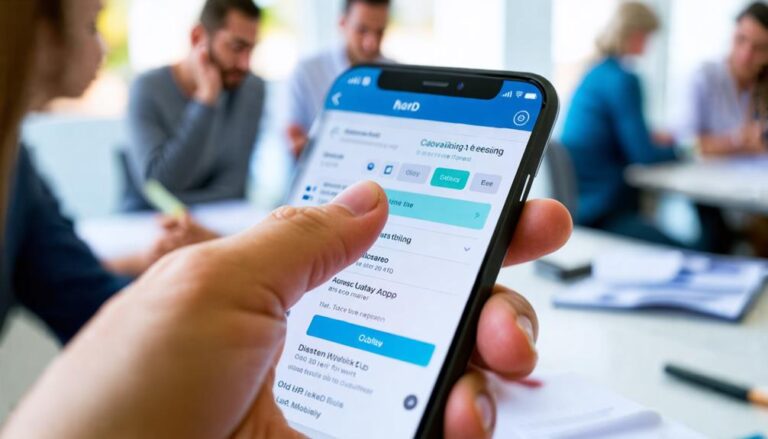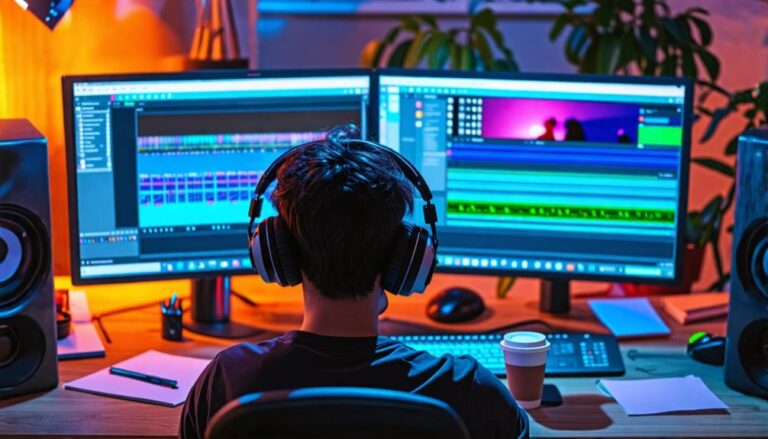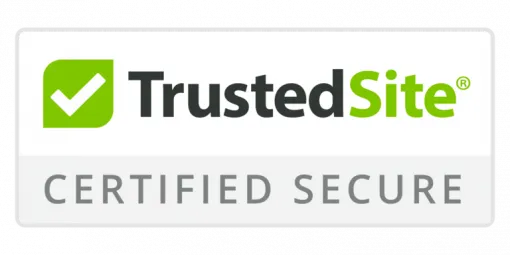Recording Audiobooks for Independent Authors: How It Works and How to Get Started
If you're considering recording an audiobook for your independent publication, it's crucial to understand the process and how to implement it effectively. A well-produced audiobook can significantly boost your book's marketability, while a poorly executed one can have the opposite effect. Here's a step-by-step guide to help you bring your book to life in audio format.
- Assess Suitability for Audio Format: Begin by evaluating if your manuscript is suitable for an audiobook. Not all books translate well into audio, so consider elements like dialogue, narrative style, and complexity.
- Choose Narration Style: Decide who will narrate your audiobook. You can choose to narrate it yourself if you have a clear and engaging voice, or you might hire a professional narrator. Consider the tone and style that will best convey your story.
- Script Adjustments: Your manuscript may need adjustments for the audio format. This could include adding dialogue tags, clarifying scenes, or simplifying complex passages that might be confusing when heard.
- Set Up Your Recording Space: Before recording, create a quiet and soundproof space. You don't need a professional studio, but ensure minimal background noise. You can use blankets or foam panels to dampen sound.
- Select the Right Equipment: Invest in quality recording equipment. A good microphone, headphones, and audio interface are essential. You don't have to break the bank, but ensure your equipment can capture clear, high-quality audio.
- Recording Logistics: Plan your recording sessions. Break your manuscript into manageable sections and record consistently. Pace yourself to avoid vocal strain and maintain consistent audio quality.
- Editing and Post-Production: After recording, edit your audio files. This includes removing mistakes, pauses, and background noise. You can use software like Audacity or hire a professional audio editor.
- Distribution: Once your audiobook is polished, decide how to distribute it. Platforms like Audible, iTunes, and Google Play are popular options. Each platform has its submission guidelines and royalty structures, so choose the one that best suits your needs.
By following these steps, you can effectively turn your written work into a compelling audiobook, expanding your reach and offering your audience a new way to enjoy your story.
Preparing for Audiobook Production
As you embark on producing an audiobook as a side hustle, your first step is to assess your manuscript's suitability for the audio format, taking into account factors such as dialogue density, pacing, and narrative complexity.
Reflect on how your story will translate to a listening experience and whether any sections may need reworking to maintain clarity and flow.
Decide on narration styles—will you opt for a single narrator, or employ multiple voices for different characters?
Once you've evaluated your manuscript's audio potential, it's time for script preparation.
Create a version of your text specifically tailored for audio production. This may involve formatting adjustments, such as breaking up long sentences or paragraphs for easier narration, and adding instructions for sound effects or music if applicable.
Consider hiring a professional narrator or taking on the role yourself—either way, a well-prepared script will guarantee a smoother recording process.
Setting Up Your Recording Space
Your recording space is the heartbeat of your audiobook production side hustle. Transforming an ordinary room into a soundproof sanctuary requires careful planning and deliberate design choices, especially when you're balancing this with other commitments.
You'll need to evaluate acoustic treatment and soundproofing materials to minimize echo, reverberation, and external noise. Here are three essential elements to create an ideal recording space for your side hustle:
- Sound-absorbing panels: Mount acoustic panels on walls, ceilings, and corners to absorb sound waves and reduce reverberation. These panels can be made from materials like fiberglass, mineral wool, or open-cell foam. This will ensure your recordings are professional-quality, helping you stand out in the competitive audiobook market.
- Mass-loaded vinyl: Apply mass-loaded vinyl to walls and ceilings to block external noise and sound leakage. This heavy, flexible sheet is designed to absorb sound energy and prevent it from escaping or entering your recording space. By investing in this material, you can maintain a consistent recording schedule without being interrupted by household noises.
- Seal gaps and cracks: Use acoustic caulk or spray foam to seal any gaps or cracks around doors, windows, and electrical outlets. This will help prevent sound from escaping or entering your recording space, ensuring a clean and quiet audio signal. A well-sealed room allows you to record at any time of day without worrying about external disruptions, making it easier to fit your side hustle into your busy life.
Choosing the Right Equipment
Choosing the Right Equipment for Your Audiobook Side Hustle
To produce high-quality audiobooks as a side hustle, you'll need to invest in a few essential pieces of equipment that meet your recording needs and fit within your budget. The first step is to choose a reliable microphone that can capture clear, crisp audio. You'll want to take into account two main microphone types: condenser and dynamic. Condenser microphones are more sensitive and ideal for capturing nuances in your voice, while dynamic microphones are more durable and suitable for recording in noisy environments.
Here are some popular microphone and audio interface options for your audiobook side hustle:
| Microphone | Audio Interface |
|---|---|
| Blue Yeti (Condenser) | Focusrite Scarlett series |
| Rode NT-USB (Condenser) | PreSonus AudioBox series |
| Shure SM7B (Dynamic) | Native Instruments Komplete Audio 1 |
| Sennheiser MKH 416 (Condenser) | Behringer UMC series |
When selecting an audio interface, take into account the number of input channels you need and the device's compatibility with your computer. Look for interfaces with good preamp quality, low latency, and a user-friendly interface. By investing in the right equipment, you'll be well on your way to creating professional-sounding audiobooks as a side hustle that will engage your listeners and potentially generate additional income.
Recording and Editing Techniques
With your equipment in place, you can now focus on developing effective recording and editing techniques to transform your raw audio into a polished, engaging listening experience for your audiobook side hustle.
You'll want to experiment with different narration styles to find the one that best suits your audiobook's tone and genre. Consider the pacing, tone, and character voices that will bring your story to life, as these elements can significantly impact your audiobook's marketability.
As you record, keep in mind the various audio formats you'll need to deliver your final product in. Most audiobook platforms require WAV or MP3 files, so make sure you're recording in a compatible format.
Here are three key techniques to focus on to ensure your side hustle produces professional-quality audiobooks:
- Noise reduction: Use noise-reducing software or plugins to eliminate background hiss and hum, ensuring a clear and pleasant listening experience for your audience.
- Equalization: Adjust the EQ levels to balance the tone and clarity of your narration, making your audiobook sound polished and professional.
- Compression: Use compression to even out the dynamic range and maintain a consistent volume level, which is crucial for listener comfort and retention.
Distributing Your Finished Audiobook
Now that you've polished your audiobook with effective recording and editing techniques, it's crucial to share it with the world through strategic distribution channels that can help you reach a wider audience and grow your side hustle.
You'll want to research popular audiobook platforms, such as ACX, Findaway Voices, and Google Play, to determine which ones best fit your needs. Each platform has its own requirements, royalties, and marketing strategies, so it's crucial to understand the terms and conditions before committing.
Once you've selected your desired platforms, you'll need to create an account, upload your audiobook, and set your distribution preferences. Some platforms offer marketing tools, such as promotional codes and reviews, to help you promote your work.
You can also leverage social media, email marketing, and audiobook bloggers to increase visibility and reach your target audience. By combining effective distribution channels with savvy marketing strategies, you can successfully share your audiobook with the world and start building a loyal listener base for your side hustle.
Remember to track your sales, analytics, and customer feedback to refine your approach and optimize future audiobook releases, ensuring that your side hustle continues to thrive.
Conclusion
You've navigated the twists and turns of recording an audiobook, much like a cartographer charting new territory on a vintage map.
With your manuscript assessed, recording space set up, equipment in hand, and edits polished, you're ready to share your audio creation with the world.
Now, get your side hustle on the digital highway by distributing it through major channels like ACX, Google Play, and Audible, and breathe life into your marketing strategy.
















































0
View comments